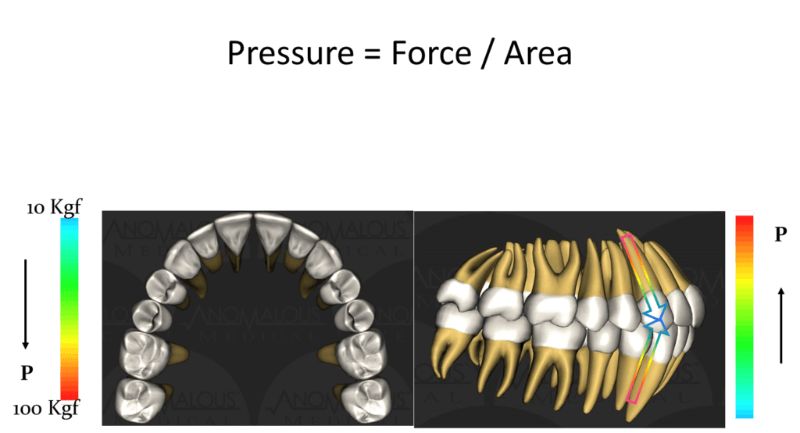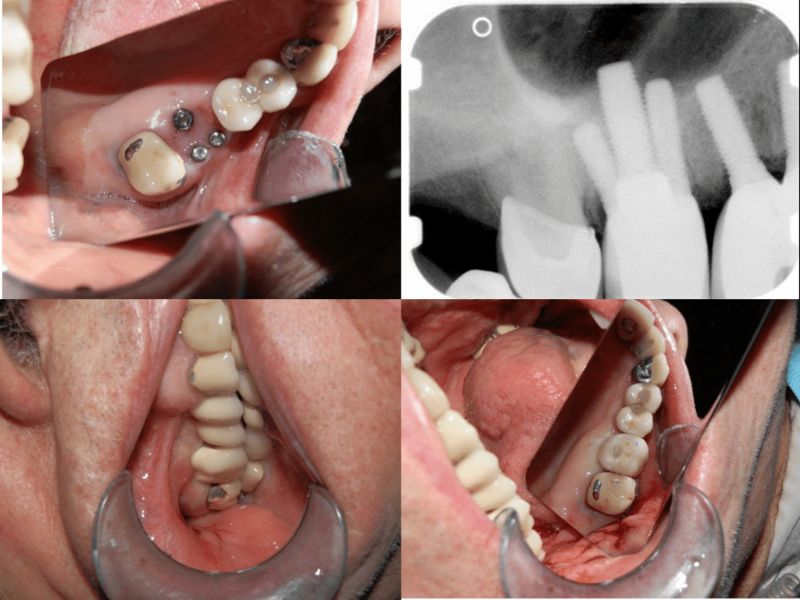Biomechanical Basis for Dental Implant Treatment Planning
How many implants and where?
By nature, the surfaces of teeth and their supporting roots vary in order to deliver different biting forces between the front, middle and the back part of the jaw. For optimum vitality, no excessive pressure is exerted between healthy bone and tooth root(s).
Humans have evolved over the time and our bodies have become optimized to provide the most efficient set up for function and survival. The bony skeleton supports the human form and function and the vital bone cells that it’s comprised of are not exposed to excessive pressure from the forces that act upon them.
Newton’s Third Law of Motion states that when one object exerts a force on a second object, that second object exerts a force equal in magnitude in the opposite direction on the first object. By this token, there is an equal and opposite reaction to the biting and chewing forces that is exerted by the roots that support the teeth.


The forces that are exerted in the front part of the jaw bone are relatively small, between 10-15 kgf, due to the shape of the front teeth/root shape. As we move towards the back part of the jaw, increased biting forces of up to 100 kgf can be applied to the surface area of the teeth located in the hind areas.
Natural selection has allowed for the evolution of the posterior teeth with multiple roots to dissipate the pressure from the larger biting forces. Thus during mastication all teeth will maintain their relative force to area ratio or pressure in order not to exceed the physiological limits of the surrounding bone.
For more information about how many implants and where to place them during treatment planning or to sign up for our next workshop please contact us here.

